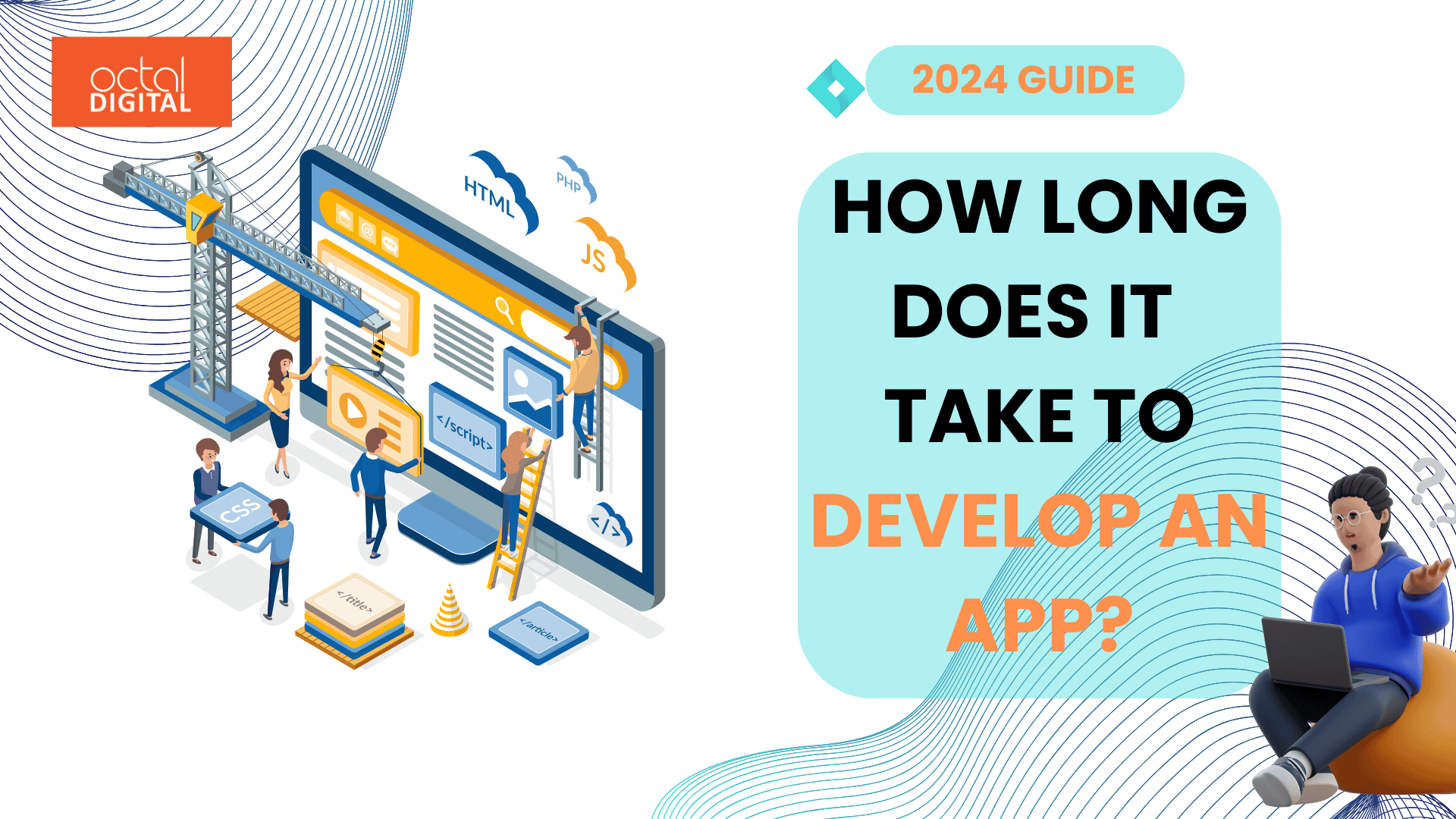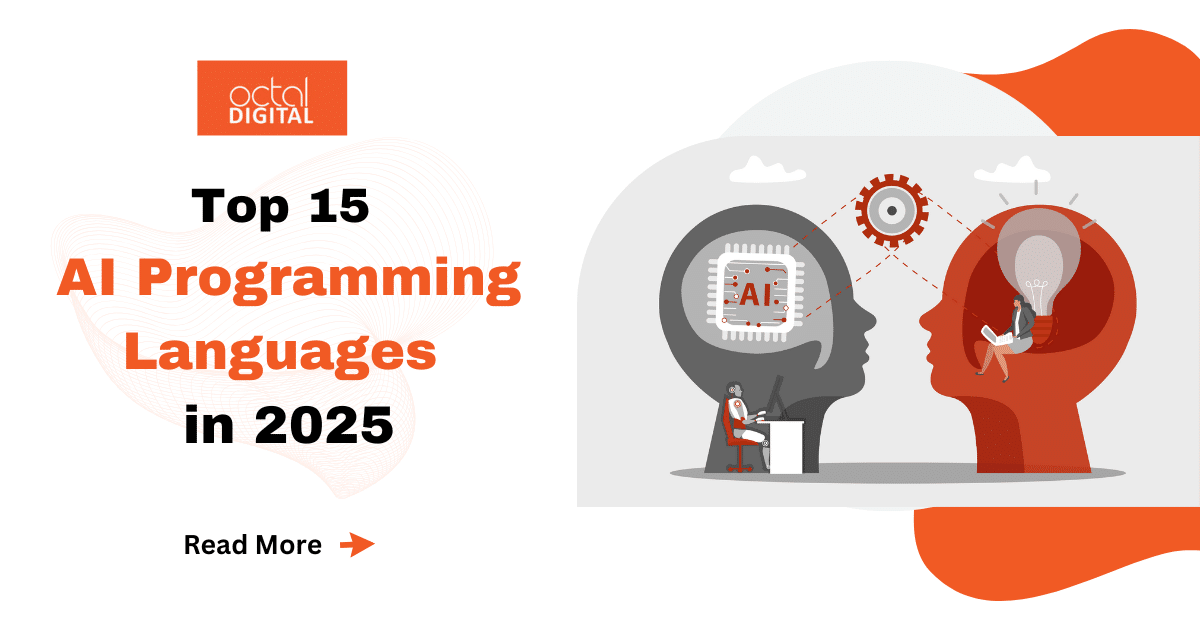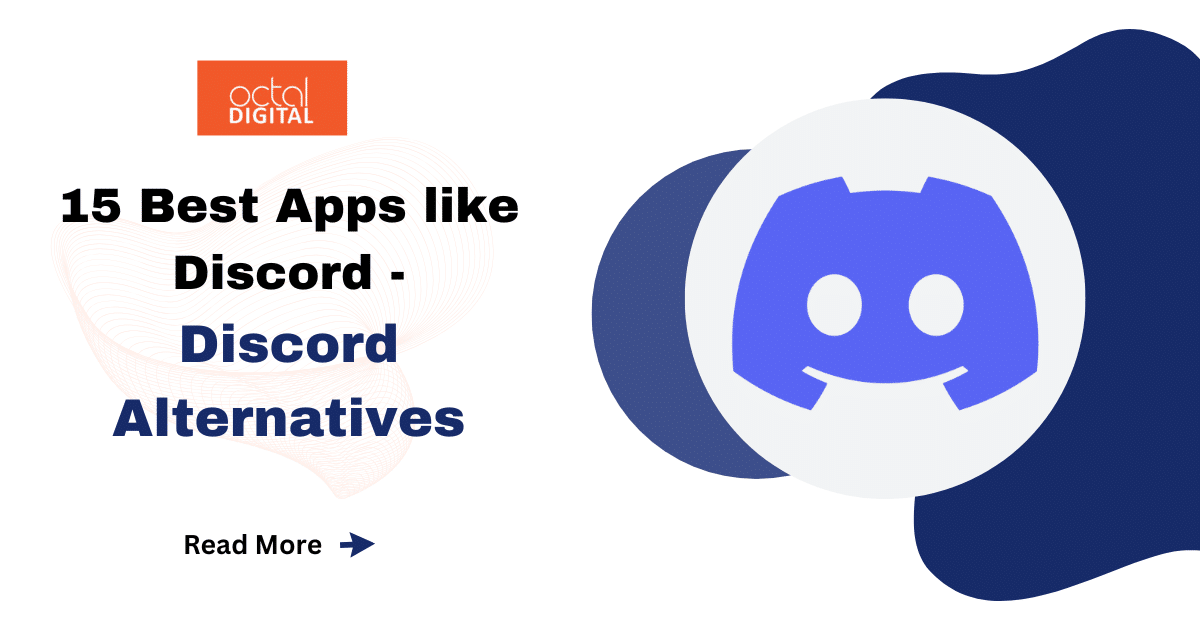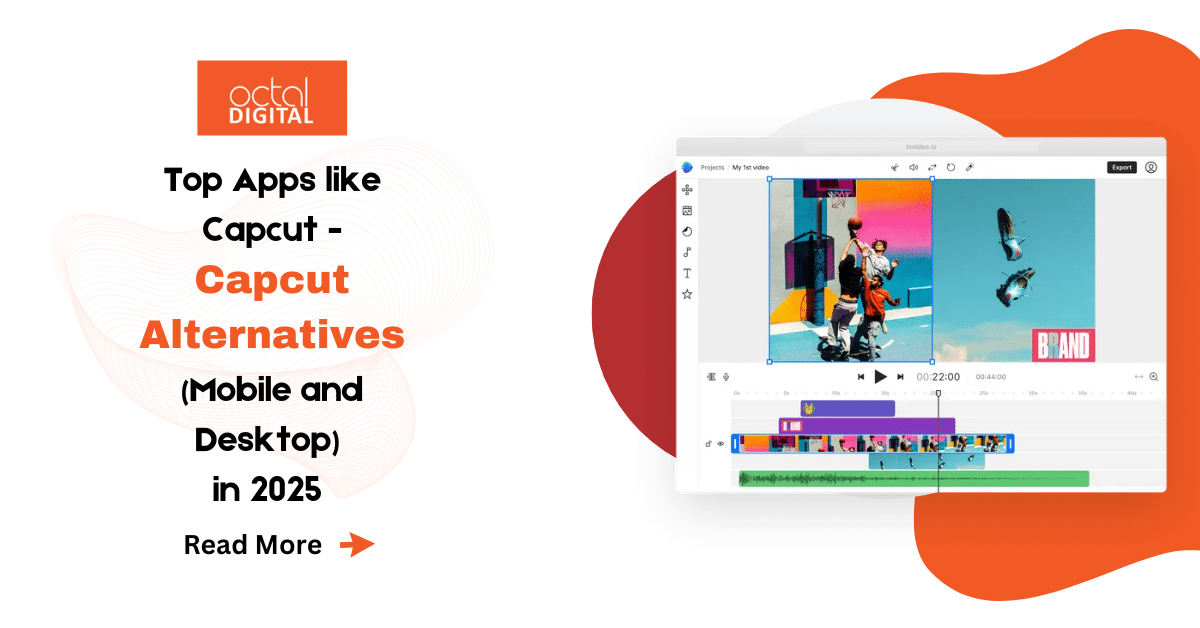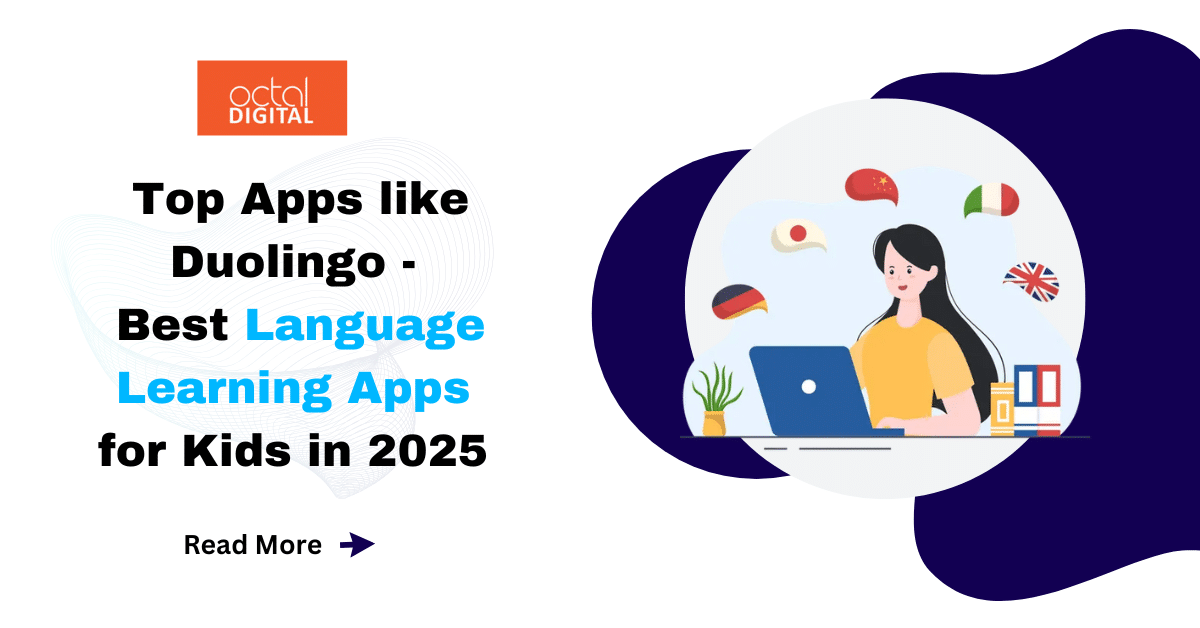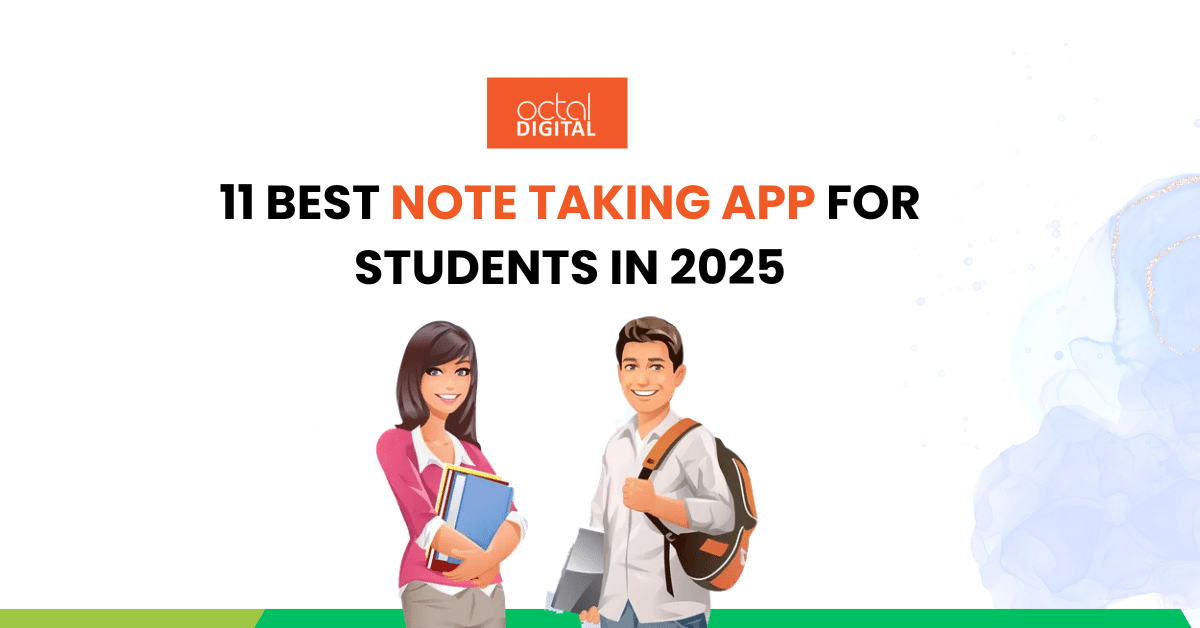Did you ever have a brilliant app idea but get stuck on how to develop and execute it? Well, you’re not alone in this journey. App development is a vast and growing industry, with numerous unique and innovative ideas awaiting to be transformed into reality. But actually, how long does it take to develop an app that is useful and user-friendly? This is a very simple question yet at the same time complex due to many answers that are dependent on a wide range of factors.
In this blog article, we’ll lead you through the app development time frame, meanwhile exploring the various levels of intricacies and factors that can totally explain that for how long does it take to develop an app and bring your vision to reality.
Table of Contents
ToggleUnderstanding App Complexity
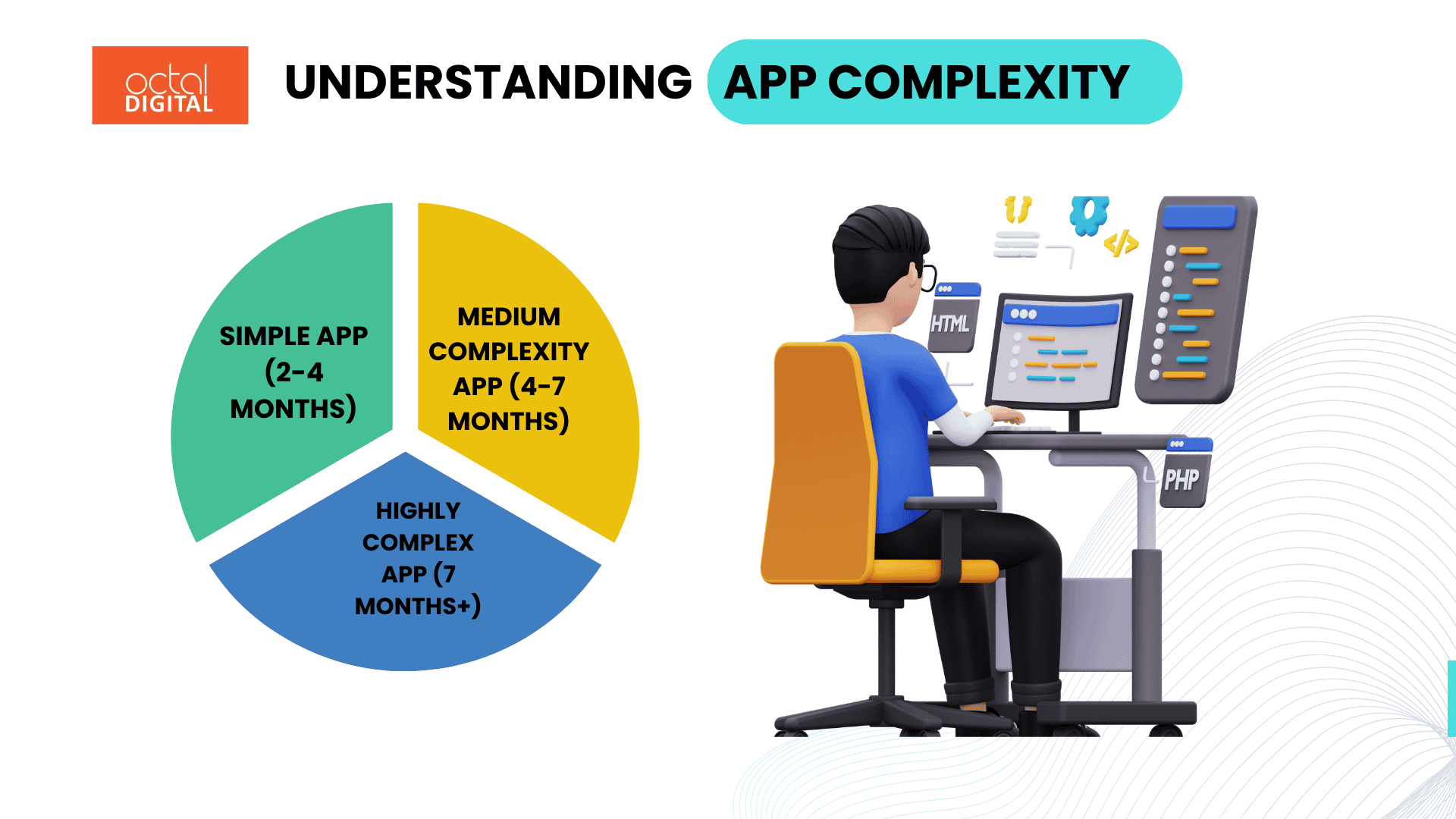
When it comes to the app development time frame, complexity is the main concerning factor. The more complex the app is, the longer it takes for app to develop. But what does “complexity” actually mean? In layman terms, complexity indicates the various features, characteristics, and technicalities involved in developing the app. The breakdown of how such intricacies may affect how long does it take to develop an app is given below:
Simple App (2-4 months):
A simple app such as a daily to-do list app, may seem really easy at the first glance, but even in this simple task, there are still technical factors to consider:
- Defining the requirements: This step typically has to do with defining the distinguishing functionalities and features of the app. Like for a simple to-do list app, this can include execution of various tasks such as creation, editing, and deletion or removal of tasks, setting specific reminders for special events, and categorization of tasks etc.
- Design: The user interface (UI) of simple apps like a to-do list app may appear very simple and minimalistic, designing a straightforward and visually appealing user interface requires great attention to detail of the developer. User experience factors such as how easily a task is fed into the app, straightforward navigation, and visual structure are essential.
- Development of the app: Coding for both the backend as well as frontend of the application is crucial. The backend code manages storage of data, recovery, and harmony across various devices and platforms while the frontend coding manages the user interface experience and interactions. In the case of a basic app, backend integration can be minimal, which makes it possible to utilize the cloud-based services like Firebase for storage of data and authorization.
- Testing: To make sure that the app functions without any disruptions across different models and scenarios is of vital importance. Testing of the app includes certifying that the functions of the app are not only fully functional and understandable but also evaluating its functionality, responsive design, and compatibility across various operating systems and models.
- Deployment: Once the app is tested and evaluated thoroughly and seems ready for the release, setting it up on the respective app stores requires careful setup and sticking up to the specific guidelines of each platform. This contains creating certified builds, generating app store listings, and adherence to the submission specifications.
Medium Complexity App (4-7 months):
As the complexity goes up, so do the technicalities. Like let’s take a fitness tracker app, which contains more technical challenges:
- Accounting for the Requirements: Basic task management features remain the same, a fitness tracker app has to describe specifications for tracing different fitness indications such as the number of steps taken, total amount of calories burned, and the duration of workout. Linked with wearables like fitness tracker bands and smartwatches complicates the requirements-gathering process further because of addition of another layer of information.
- Design: As far as designing of the user interface (UI) for a fitness tracker app is concerned, it contains envisaging intricate data in a simple and easily understanding manner. Graphs, charts, and other engaging visuals may be used to present fitness data and information effectively. The user experience design should make data input process simple, readability of statistics easy, and navigation effective and seamless between different sections of the app.
Recommended Post: How Much Does It Cost To Make An App – Best Guide of 2024
- Development of the app: Coding for frontend components, backend application programming interface, and its incorporation with wearables require careful attention to detail. The frontend coding must work with real-time data updates and inputs from wearable devices and which should make sure to be able to do smooth harmonisation of data in various models and devices, and should be able to provide engaging visuals of fitness statistics. On backend, adaptability and performance evaluations become crucial to manage large volumes of data which would be generated by potential multiple users.
- Testing: In testing a fitness tracker app, validating the precision of fitness app data tracked across various devices and models. Real-world testing of data with different fitness metrics of activities and atmospherically conditions is crucial to guarantee the effectiveness and consistency of the app. In the backend infrastructure, load setting is used to evaluate its capability to manage and handle recurring user commands and it is made sure that the data processing is also crucial.
- Release and Deployment of the app: Constant releases of updates of a fitness tracker app contains not only the bug fixes and improvements in performances but it also constantly adds new unique features and enhances the existing specifications of the app. Vigilant and proactive planning of how frequently the updates are released, feedbacks of users are integrated to what extent, and version control is crucial to maintain the app’s competitiveness in the market and to make sure that user satisfaction is maintained.
Highly Complex App (7 months+):
When the complexity gets higher, the app development process needs to be done from scratch which involves a wide range of technical aspects:
- Requirements: First step is to define the requirements for a social media online platform and getting understanding of how long does it take to develop an app. It typically includes specifications of intricate user transactions and interactions, instantaneous updates of information, feeds and notifications, making requirements for scalability in such a way to account for millions of users, and security precautions to safeguard user’s data and their private information.
- Design: To design the UI/UX of a social media platform, requirements of crafting visually appealing user interfaces that promote mobile app engagement for users. Different features and specifications such as news feeds, user profiles, messaging structures, and content and information sharing on various multimedia demand careful considerations of interfaces, navigation systems, and visualization patterns.
- Development: To develop a social media platform, it involves constructing a strong functional backend structure which has the ability to handle huge amounts of real-time user generated information, interactions of users, and recurring requests. Various technologies like as microservices architecture, cloud computing databases, and distributed databases may be used to guarantee adaptability, consistency, and efficiency.
- Testing: Extensive testing of a social media platform caters to not only functionality testing but also performance-based testing, testing for security, and testing to see how usable the platform is. Testing the load on the backend systems to check for high user traffic and load testing security indications to check for any issues in the process are crucial steps in guaranteeing the platform’s durability, safety and security.
- Release and Deployment: Releasing the updates and enhancements to a social media platform needs careful planning and coordination to make sure that the users’ disruptions are minimal. Continual incorporation and release (CI/CD) pipelines, A/B testing of new specifications, and then the observations of user feedback and statistics are crucial steps to make sure that the platform’s competitiveness and customer satisfaction is maintained.
If you want to reduce your app development timeline and release your app as quickly as possible? Our team at Octal Digital, makes use of a distinct milestone scheme, based on agile concepts. We adhere to best practices. Automation plays a key role in saving time and ensuring code quality. We implement automated testing frameworks and Continuous Integration/Continuous Deployment (CI/CD) pipelines to catch bugs early and facilitate rapid and frequent releases. Code reuse is other activity we stick to.
By creating linked and reusable structures and generating a central source for common technicalities, we reduce continuous coding attempts and fast-track the development by taking and building on already available solutions.
Additional Factors Affecting “How Long Does it Take to Develop an App”
As far as app complexity is concerned, various other technical factors affect the whole app development time:
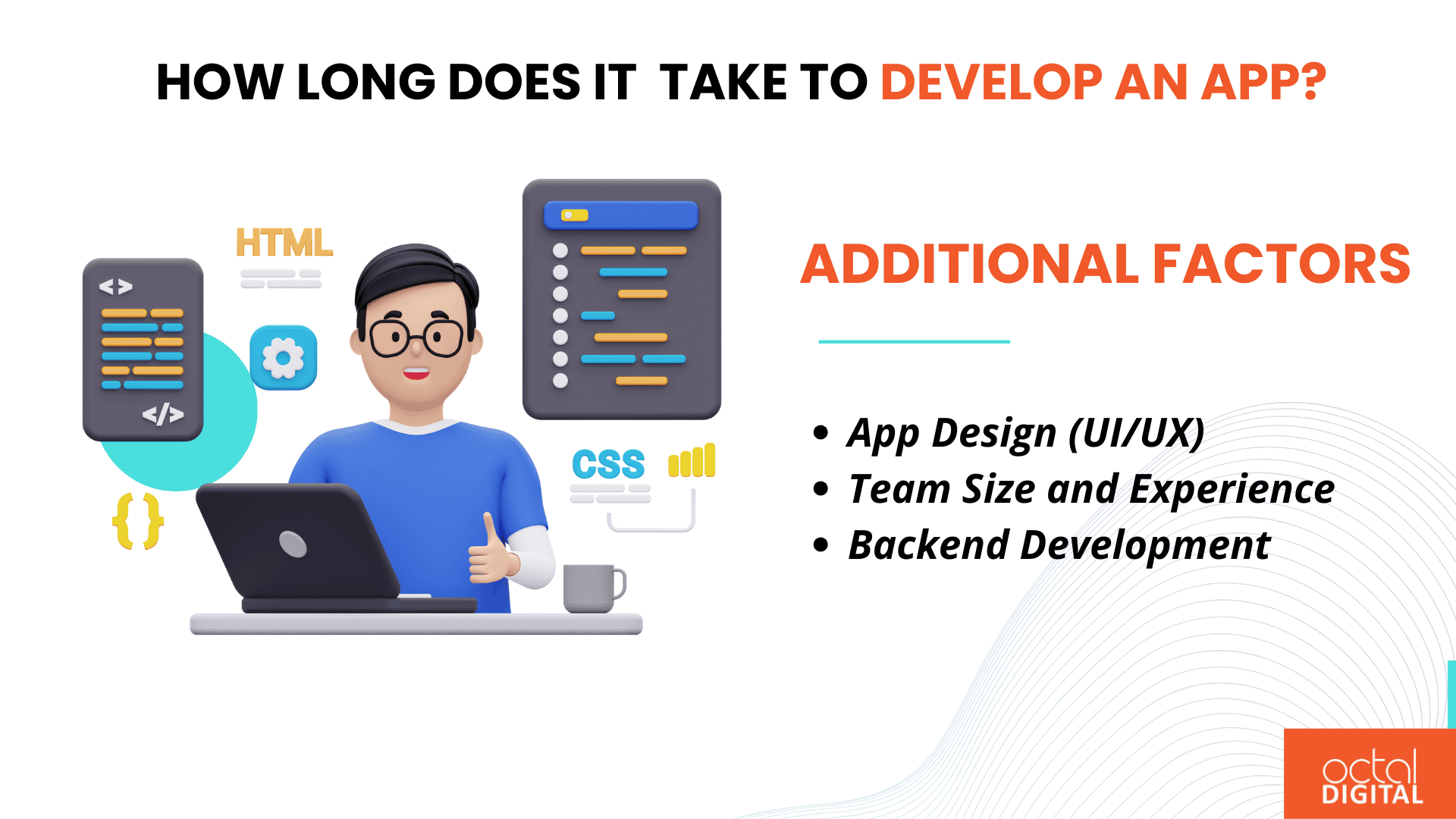
User Interface and Design (UI/UX): Other factors include the design phase that is crucial as it directly affects the user interaction and gratification. Creating a user interface (UI) that is straightforward yet aesthetically pleasing, and corresponds with user expectations requires careful thought and attention to detail. Similarly, guaranteeing perfect user experience (UX) involves a complete know-how of user behaviours, direct testing of usability, and consciously improving user interface design elements. Complex UI/UX necessities, such as custom graphics and animations, co-operative and interactive components, and adaptive layouts, extensive design generation that corresponds with the demand and may extend the designing and development time frame greatly.
Team Size and Expertise: The composition of the development team and their experience are essential in defining project efficiency and making it top-grade. Although a bigger team can offer more human resources and distinct skill sets, it can also introduce cooperation challenges and communication overhead. On the other hand, a smaller, compact and highly cohesive team with expertise may show high cohesion and agility in solving technical challenges. Moreover, the expertise of team members affects problem-solving abilities, coding quality, and devotion to best practices. Developers who are experienced are adept at optimizing the structures, libraries, and design patterns can accelerate development tasks and alleviate technical debt, thereby increasing the whole development process.
Backend Development: The backend structure serves as the building block of the app, helping data storage, recovery, and processing work flows. Designing and implementing a adaptable, robust backend structure necessitates proper consideration of factors such as database selection, server configuration, API design, and safety measures. Intricate backend requirements, such as instantaneous data harmonization, asynchronous processing, and microservices orchestration, introduce more development difficulties and may extend the time frame significantly. However, making sure that the data integrity, adherence with standards of regulations, and flexibility to cater to potential security threats contains careful planning and laborious testing throughout the app development lifecycle.
Every app development requirement is precise, based on the user intent and demand. If you plan and scheme out every single step in the app development scheme, you can easily figure out that “how long does it take to develop an app”.
Do you need help with creating an app development blueprint? Well, here you are! Hire our experienced app development Project Managers, with 2 decades of industry experience delivering durable solutions! We work with Agile methodology, which utilizes the strategies such as Scrum or Kanban. By classifying projects into manageable tasks and then ordering them based on their worth and difficulties, we arrange our development processes and encourage collaboration among team members.
App Development Timeline (Estimation)
While estimating the timeline to develop an app, it’s fundamentally challenging due to variability of the project, the following estimated hours to code an application provide a rough estimation based on the respective complexity levels of the app:
| Development Stage | Simple App (200-500 hours) | Medium Complexity App (500-1000 hours) | Highly Complex App (1000+ hours) |
| Requirements Gathering | 20-40 hours | 40-80 hours | 80-160 hours |
| Design | 40-80 hours | 80-160 hours | 160-320 hours |
| Frontend Development | 60-120 hours | 120-240 hours | 240-480 hours |
| Backend Development | 60-120 hours | 120-240 hours | 240-480 hours |
| Testing | 20-40 hours | 40-80 hours | 80-160 hours |
| Deployment | 20-40 hours | 40-80 hours | 80-160 hours |
| Total | 220-440 hours | 440-880 hours | 880-1760 hours |
These app development estimations provide a general guide and can vary significantly based on requirements based on projects, dynamic teamwork, dependencies on technological aspects, and unanticipated challenges that come across during the development procedure. As such, careful planning, nonstop communication, and flexible project management practices are key for solving the intricacies in determining time of app development and making sure that the successful project comes out as a result.
If you are still not sure how much time does it take to develop an app? You can get a free quote from us, Octal Digital today! We totally get your specific app technical requirements and generate a documented structure of all the app development time frames, phases, and objectives. You can also get the best tech stack for your app. Not only that, almost all our past clients have acknowledged that a free consultancy with us, helped them gain a better understanding of their needs and app development journey. Explore our diverse range of app development portfolios.
Best Practices for a Smoother App Development Timeline
Our experienced app developers who are based in Houston give the suggestion that the following best practices are used to reduce the overall app development timeline.
- Using Agile methodology to classify the projects into small manageable tasks and prioritize them accordingly.
- Use of framework structures and libraries such as React, Angular, or Vue.js for frontend infrastructure development and Express.js or Django for backend development to accelerate procedure of codes.
- Implementation of automated testing frameworks and Continuous Integration/Continuous Deployment (CI/CD) pipelines to catch and identify bugs early and encourage rapid releases.
- Making sure that the code is reused by crafting modular and recyclable and reusable components and generating a closed repository for common functional areas.
- Implementing coding regulations and best industry practices, utilizing code linters and static analysis tools, and making sure that the continuous code formatting and documentation is done.
- Optimising the development environment by providing productive tools, IDEs, and plugins, applying version control systems like Git, and Dockerizing applications.
- Promoting a culture of constant learning and improvement, staying updated on emerging innovative technologies and industry shifts, and knowledge sharing among team members.
Conclusion
Concluding the blog post, how long does it take to develop an app can vary depending on its complication, design contemplations, team dynamics, and backend specifications. It doesn’t matter whether you’re building a simple to-do list app or a highly intricate social media platform, deliberate planning and real expectations are crucial.
To understand the factors which influence the development process time and estimation of the hours needed for coding, one can better think about the app development journey. So, if you have an excellent, innovative app idea, don’t delay to get started. With the right mindset, approach and a dedicated experienced team, you can turn your ultimate vision into a reality. Get started building your brilliant app today!
FAQs
What does it take to build an app?
Building an app includes different stages, which include concept creation, gathering requirements, designing, development, testing and experimentation, and release. Each step requires careful thought and planning, cooperation among members, and execution to make successful outcome certain.
How long does it take to code a mobile app?
The app development time varies dep greatly based on a number of factors such as complications, features, size of team, and development styles. Simple basic apps may normally take a few weeks to a couple of months, while more intricate, complex apps can take several months to a year or even more.
Average hours to code an app?
The estimation of average number of hours needed to code an app is challenging due to the changing nature in project requirements and technical complexities. However, a rough estimation for coding a simple app could drastically range from 200 to 500 hours, while a highly difficult complex app may deploy 1000 hours or more of development and coding effort.
What is the app development timeline?
The app development time frame outlines the various steps involved in bringing an app from the conceptualization of idea to the launch of final product. It normally includes steps such as collecting the requirements, designing stages, development stages, testing step, and deployment procedure. The app development timeline can vary greatly based on the project specifics, but a standard time frame for a mobile app development project could range from a few months to over a year, but it depends on its complex nature and scope.
